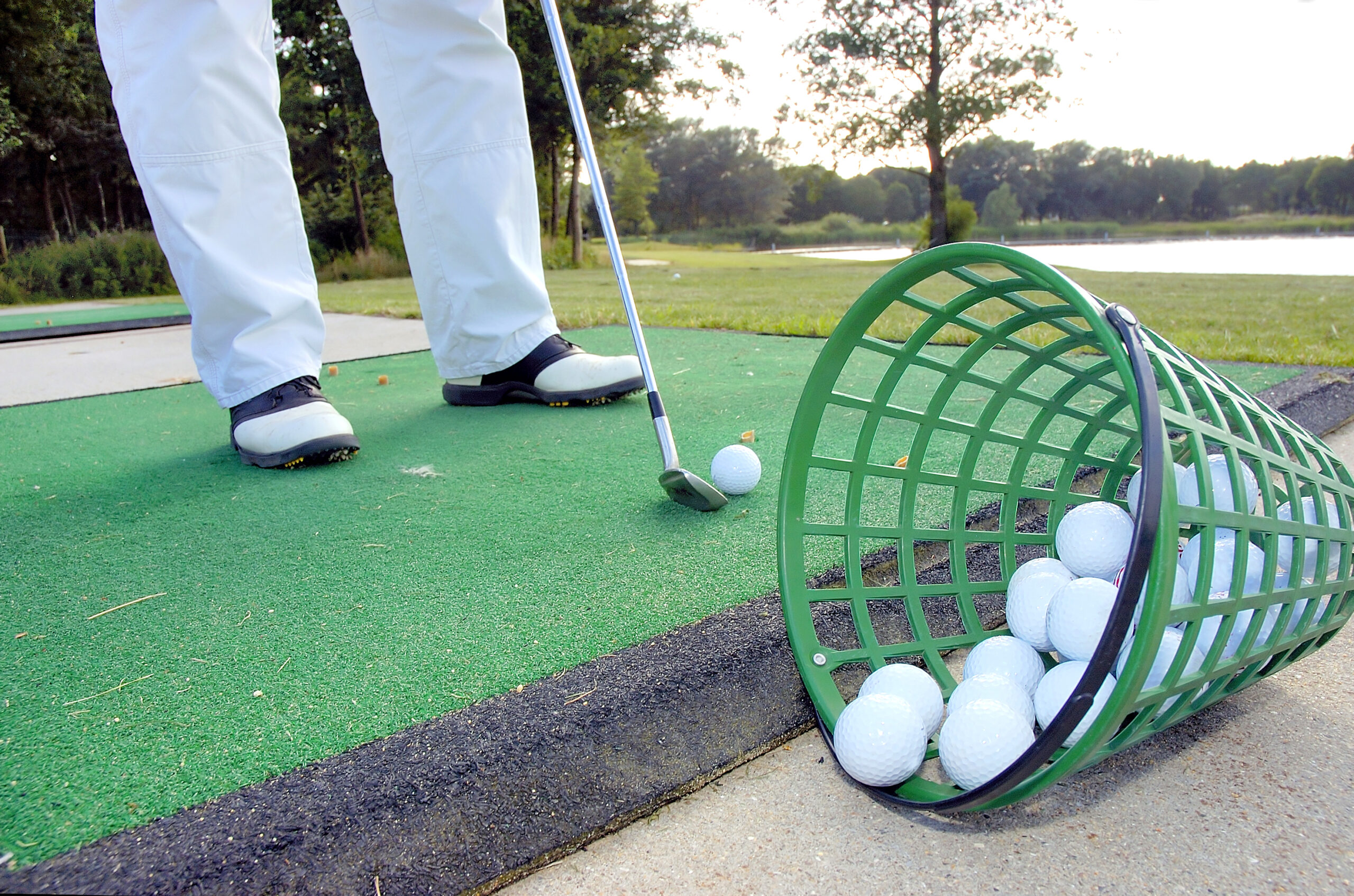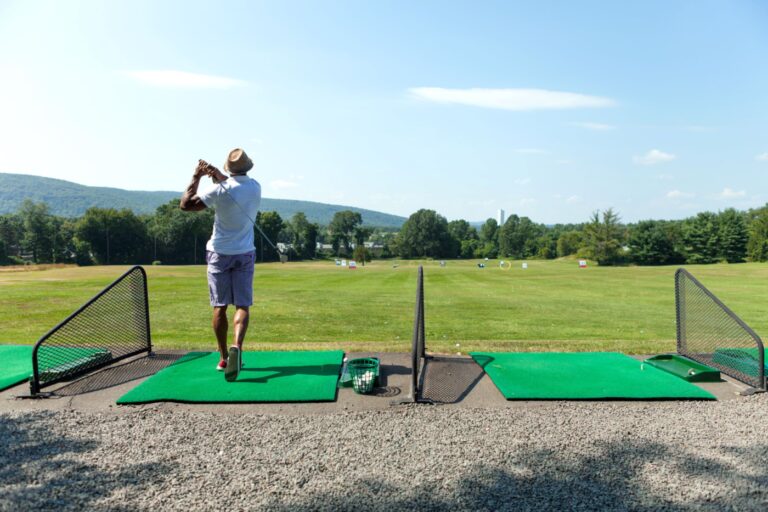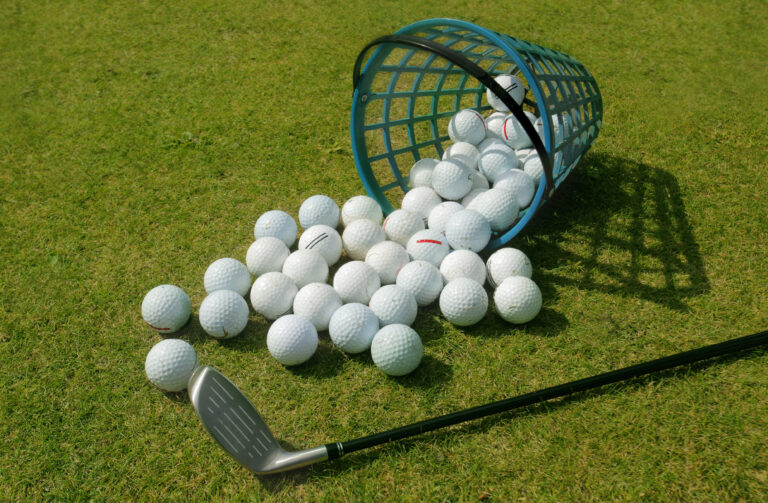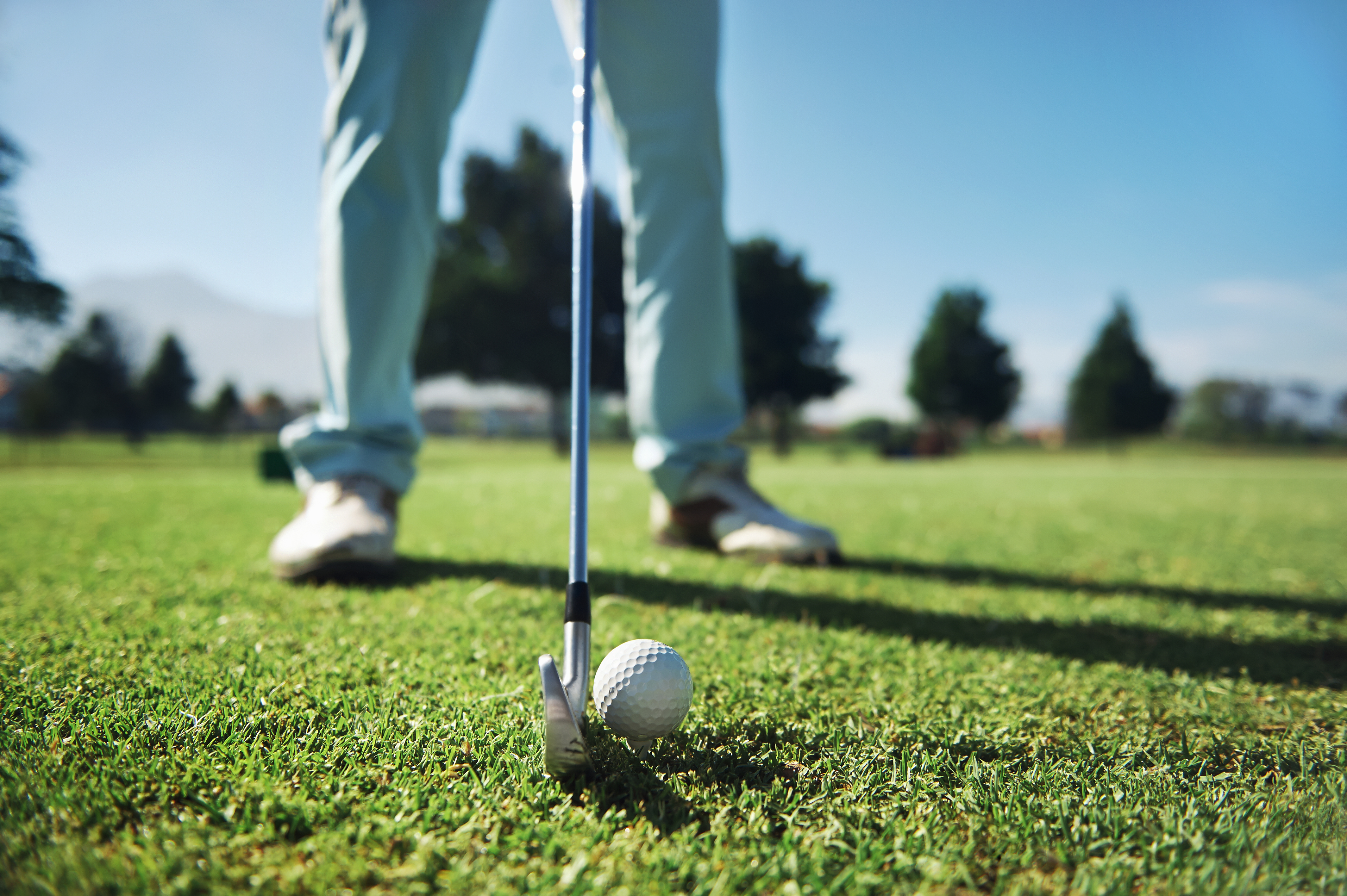Golf Practice vs Playing Time (Complete Guide)
Most new golfers, and even those who have played the game for a while, do not realize there is a distinct difference in golf practice vs playing time. If you genuinely want to improve, it is essential to distinguish between practicing and playing golf. It’s crucial to practice golf to improve; however, you should practice on the driving range, not the golf course, which is why I practice on the driving range and play on the course.
As many golfers already know, when it comes to playing on the golf course and practicing, it’s not as simple as 1-2-3. It takes a lot of time and dedication to improve at golf, especially for those just starting. So, what are the differences between practicing and playing golf, and what are the benefits? Let’s take a closer look.
Can You Practice on the Golf Course?
When we play golf, we compete with ourselves or others.
Once a golfer is on the course, they should have already done any practice they intend on doing because practicing on the golf course during a round is the last thing a golfer should do if they want to play their best. The fact is, unless you are receiving a playing lesson from a professional, you should not be participating in on course golf practice.

If players start working on their golf game during a round, they risk losing control of their game and begin to second guess themselves. Although playing golf can be beneficial and is why we all practice the game and pick up a golf club in the first place, playing should focus more on course management than anything else. In other words, when a golfer plays a round, they should concentrate on navigating the golf course and not working on their game.
When we play golf, we compete with ourselves…
Practicing Is Important
Now that we have gone over why a golfer should not practice while playing golf, let’s discuss the benefits of practicing and why it’s crucial. A golfer should set time aside for a practice session, during which they should concentrate on as many aspects of their game as their schedule allows.
During practice time, a golfer can work on their game from all levels—from putting to the driver, short game, and everything in between. This opportunity is exclusive to golf practice, as playing is reserved for posting a score, not working on your golf game. Working on your golf swing is meant for the driving range and the practice facility, which is also excellent for practicing the short game and putting—many golfers enjoy their time spent practicing the game.

Every golfer is different, and every golfer should make more time available for practice. Some golfers can practice daily; others may only have a couple of days a week available. Regardless of your time, it would be best to prioritize your practice time over playing whenever possible.
To reiterate, what a golfer does on the driving range while hitting range balls should be disconnected from what they do while hitting a golf shot on the course.
Tiger Woods is a perfect example of someone who realizes the importance of the practice area and knows how to use it to play better golf, which is why he will often use his range session before a tournament round to prepare by hitting different shots that he may encounter on the golf course.
Practice Schedule
Below you will find an example of a practice schedule that I’ve found useful over the years when I had the time and wanted to improve my game. I even used this daily schedule when I was trying to make a living as a professional golfer.
Keep in mind every golfer is different and should consider their unique strengths and weaknesses, as well as their skill level when on the practice range, during a practice round, or while working on the short game.
Example Practice Day
Short Game
Pitch / Chip shots – 40 minutes
Bunker shots – 10 to 15 minutes
Shots from bad lies – 5 to 10 minutes
The Range
Warm-up / Wedge shots – 40 minutes
Driver – 10 to 15 minutes
Different clubs and shots – 5 to 10 minutes
Putting
Inside 7 feet – 20 minutes
Long / Lag putts – 10 minutes
Random distance – 5 minutes
*Return to the driving range to hit 5-10 shots with whatever club I will use on the first tee, then play nine holes. After nine holes, I will use the remainder of my time working on any weaknesses and play nine more holes if there is time.
Remember that the above is just an example of what worked for me.
Putting Practice: Explanation
You may be wondering why I only spend around 35 minutes on putting. I find that I putt my best when I work on my routine and build confidence on the putting green. If I ever practice putting too long, I tend to putt worse on the golf course.
Keep It Simple
Perhaps the most important thing a golfer can do when juggling playing and practicing time is keep it simple. Set a schedule for your practice and stick to it unless a particular part of your game is suffering, in which case, make more time for this weakness.
At first, it is easy to get caught up in all the gadgets that come with the latest and greatest in golf technology. Keep in mind that while gadgets and technology may be beneficial and even fun, they should not be used to the point of where they become a distraction. Some of the newest golf technology can be used to have fun and make things more interesting, but when used in excess, they can do more harm than good.
The point is only golfers who dedicate their time to improving will do so in the long term. Also, remember that practice does not make perfect; perfect practice makes perfect—the kicker is it’s also unattainable.
A golfer should schedule and stick to a routine containing both playing time and practicing time. There is no standard golf practice to play ratio because each golfer is different and should figure out what works best for them. A teaching professional can help you figure out the balance between playing golf and practicing and what works best for you. Keep in mind that there is a difference between golf lessons and individual practice.
As much as we may wish it so, we are not perfect, and we never will be. It all comes back to balance, and the consensus seems to be if a golfer can find a balance between playing and practicing, then that golfer will have a better chance at improving their game than one who dedicates themselves too much to one or the other.








